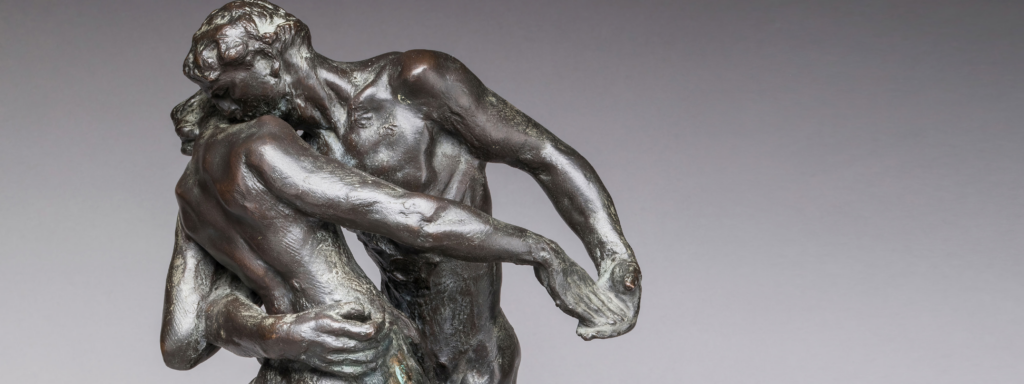
Camille Claudel was a pioneering French sculptor whose work spanned the late 19th and early 20th centuries. Known for her figurative works in bronze and marble, she created her sculptures in a period when women were seldom recognized in the field, making her contributions all the more significant. Claudel’s sculptures are remarkable for their intense emotional depth and realism, a departure from the more polished and idealized works of her contemporaries.
Although she is remembered today for her dramatic life story—her passionate relationship with artist Auguste Rodin and 30-year internment in a psychiatric institution—her art remains little known outside of France.
Featuring about 60 sculptures, this major exhibition at the Getty Museum seeks to reevaluate Claudel’s work and affirm her legacy within a more complex genealogy of Modernism.
Camille Claudel
April 2–July 21, 2024
The Getty Center
Born on December 8, 1864, Claudel was inspired by nature, love, and formative personal experiences. She began her artistic journey at the young age of 12, working with clay and shaping it into the human form. Her most creative period as an adult is most noted for her association with the artist Auguste Rodin, with whom she had a long-standing affair. This relationship greatly influenced her work, but she also developed a distinct style of her own.
Claudel’s significance lies not only in her artistic achievements but also in her role as a proto-feminist artist who challenged the accepted standards of her day. Her life story, marked by passion, struggle, and tragedy, is emblematic of the challenges faced by women artists in a male-dominated field. Despite her talent, she faced numerous obstacles, including being overshadowed by Rodin and struggling with mental health issues that eventually led to her confinement in a mental asylum.
Today, Camille Claudel is celebrated for her mastery of sculpture and her ability to convey profound psychological states through her art. Her legacy is preserved in the Musée Camille Claudel in France, which is dedicated to her life’s work, and her sculptures are held in major museums worldwide. Claudel’s life and art continue to inspire and resonate with many, highlighting the importance of recognizing and valuing the contributions of women in the arts.
Camille Claudel died in relative obscurity, but has since gained recognition for the originality and quality of her work.
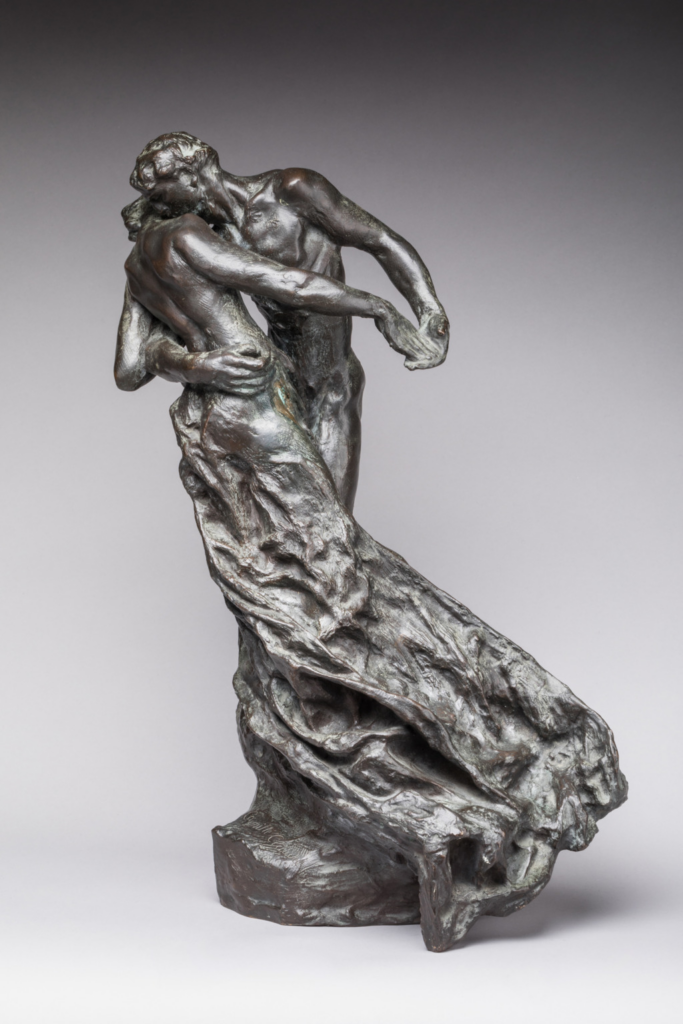
The significance of Camille Claudel and her art:
Innovative Approach to Sculpture: Claudel’s work is renowned for its intense expression and psychological depth. Unlike many of her contemporaries, she infused her sculptures with a sense of truth and emotional reality, often neglected in favor of neoclassical styles or imperial grandeur.
Breaking Gender Barriers: As a female artist in the late 19th and early 20th centuries, Claudel broke through significant gender barriers in a field dominated by men. Her achievements paved the way for future generations of women artists.
Relationship with Auguste Rodin: Her association with the famed sculptor Auguste Rodin, both as a muse and as an artist, brought her work to prominence. However, her talent ensured that she was recognized as a great sculptor in her own right, beyond her relationship with Rodin.
Emotive Power: Claudel’s sculptures are characterized by their emotive power, capturing raw and real emotions that resonate with viewers. Her ability to peer beyond the surface of her materials brought a transformative elusiveness to her work.
Legacy and Recognition: Despite dying in relative obscurity, Claudel’s originality and quality of work have gained posthumous recognition. There is now a national museum in France dedicated to her life’s work, and her sculptures are held in major museums worldwide.
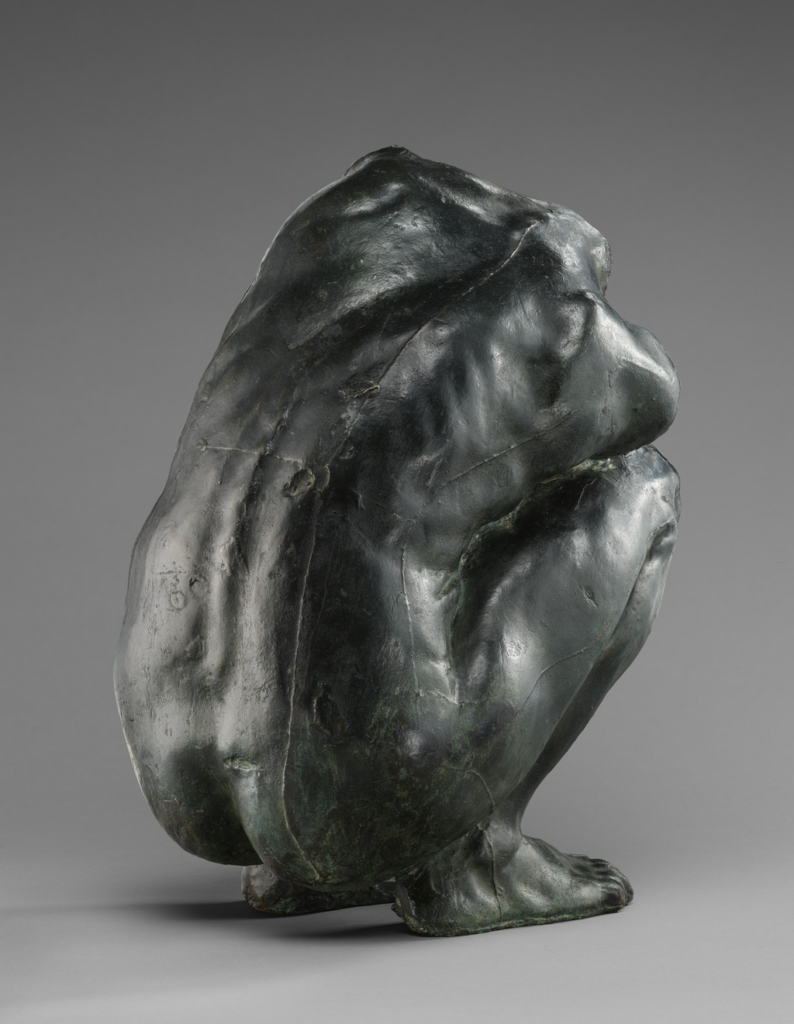
Make free advance reservations for the Getty Center.
Getty is a leading global arts organization committed to the exhibition, conservation, and understanding of the world’s artistic and cultural heritage. Working collaboratively with partners around the globe, the Getty Foundation, Getty Conservation Institute, Getty Museum and Getty Research Institute are all dedicated to the greater understanding of the relationships between the world’s many cultures. The Los Angeles-based J. Paul Getty Trust and Getty programs share art, knowledge, and resources online at Getty.edu and welcome the public for free at the Getty Center and the Getty Villa.
The J. Paul Getty Museum collects Greek and Roman antiquities, European paintings, drawings, manuscripts, sculpture and decorative arts to 1900, as well as photographs from around the world to the present day. The Museum’s mission is to display and interpret its collections, and present important loan exhibitions and publications for the enjoyment and education of visitors locally and internationally. This is supported by an active program of research, conservation, and public programs that seek to deepen our knowledge of and connection to works of art.
Visiting the Getty Center:
The Getty Center is open to a limited number of visitors, in accord with state and local public health guidelines, Tuesday through Sunday, 10 a.m. to 5 p.m. It is closed Mondays, Thanksgiving, December 25 (Christmas Day), and January 1.
Admission to the Getty Center is always free, but in order to allow social distancing, a reservation is currently required for admission. Reservation are available at www.getty.edu/visit or at (310) 440-7300. Parking is $20. The Getty Center is at 1200 Getty Center Drive, Los Angeles, California.
Additional information is available at www.getty.edu. Sign up for e-Getty at www.getty.edu/subscribe to receive free monthly highlights of events at the Getty Center and the Getty Villa via e-mail, or visit www.getty.edu for a complete calendar of public programs.



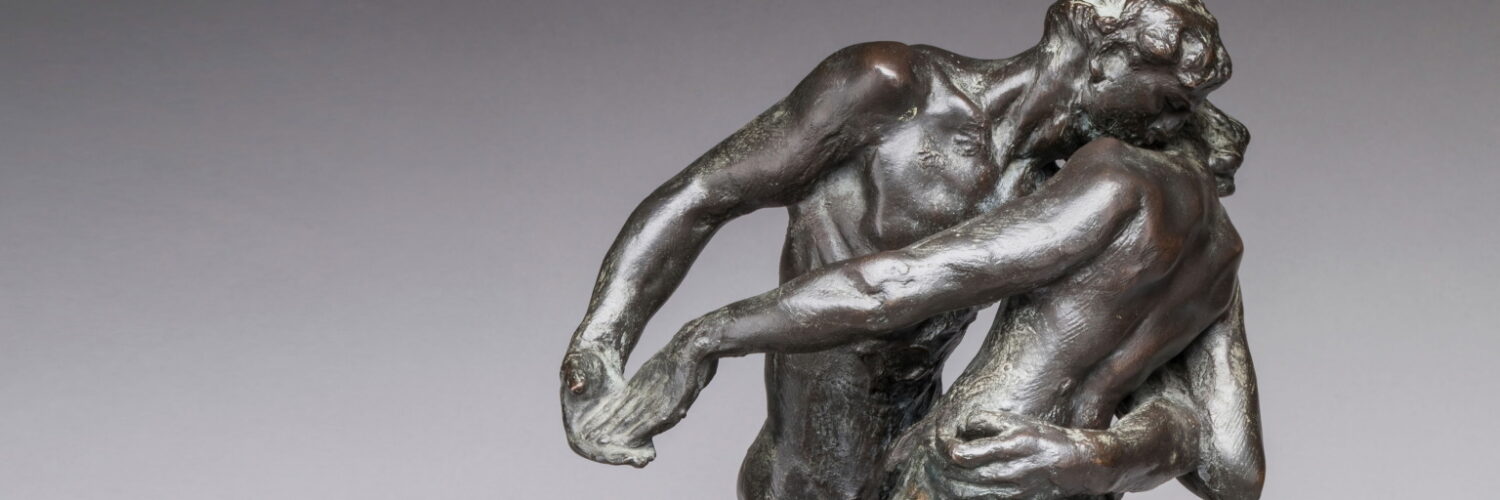

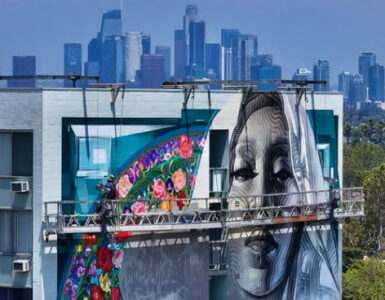



Good dаy! This is my fіrst comment here so I just wanted tօ
give a quіck shout out and say Ӏ genuinely enjoy reading through your posts.
Apprеciate it!